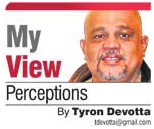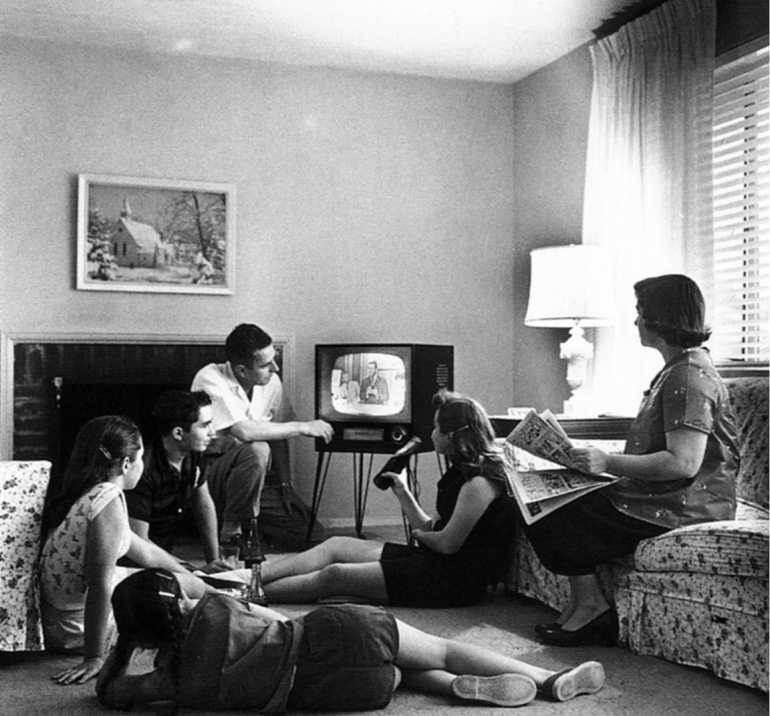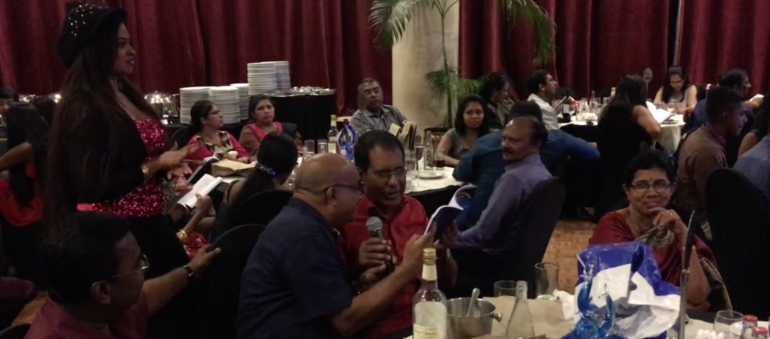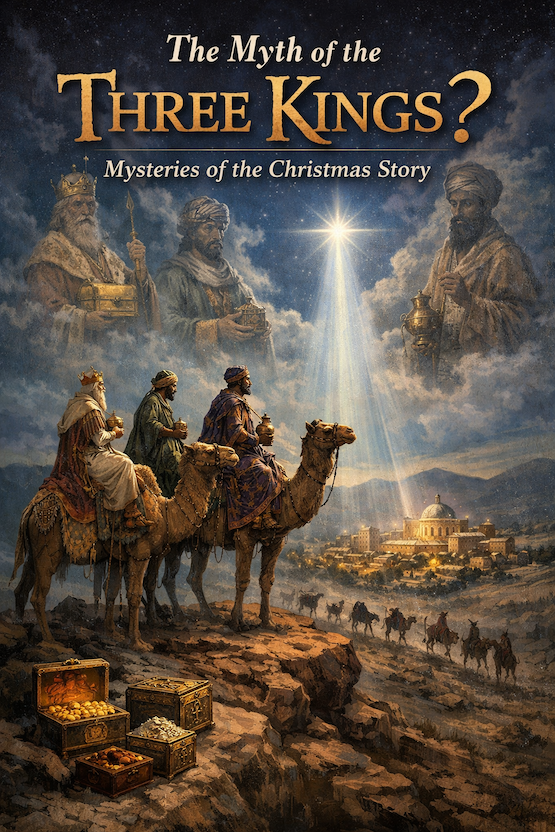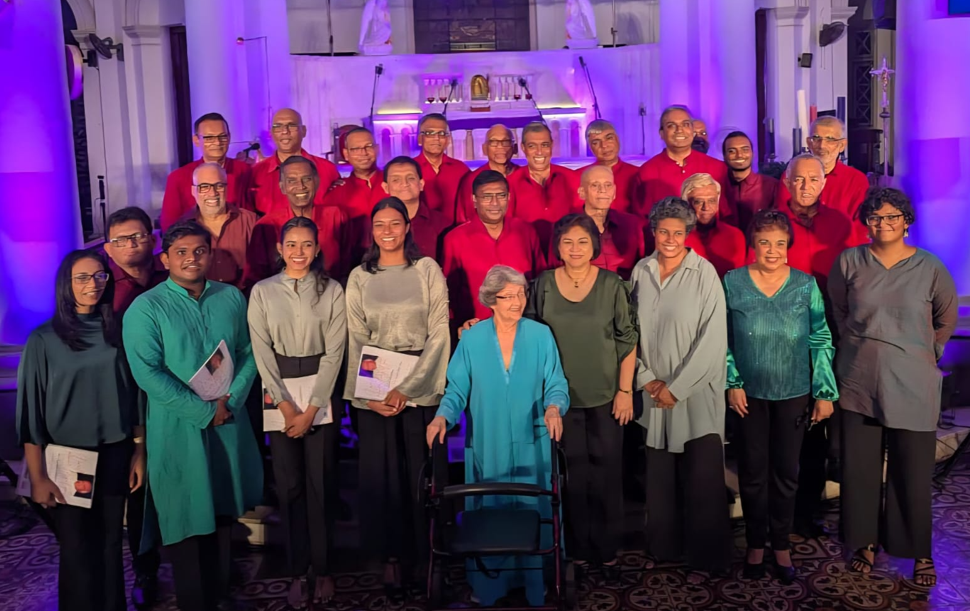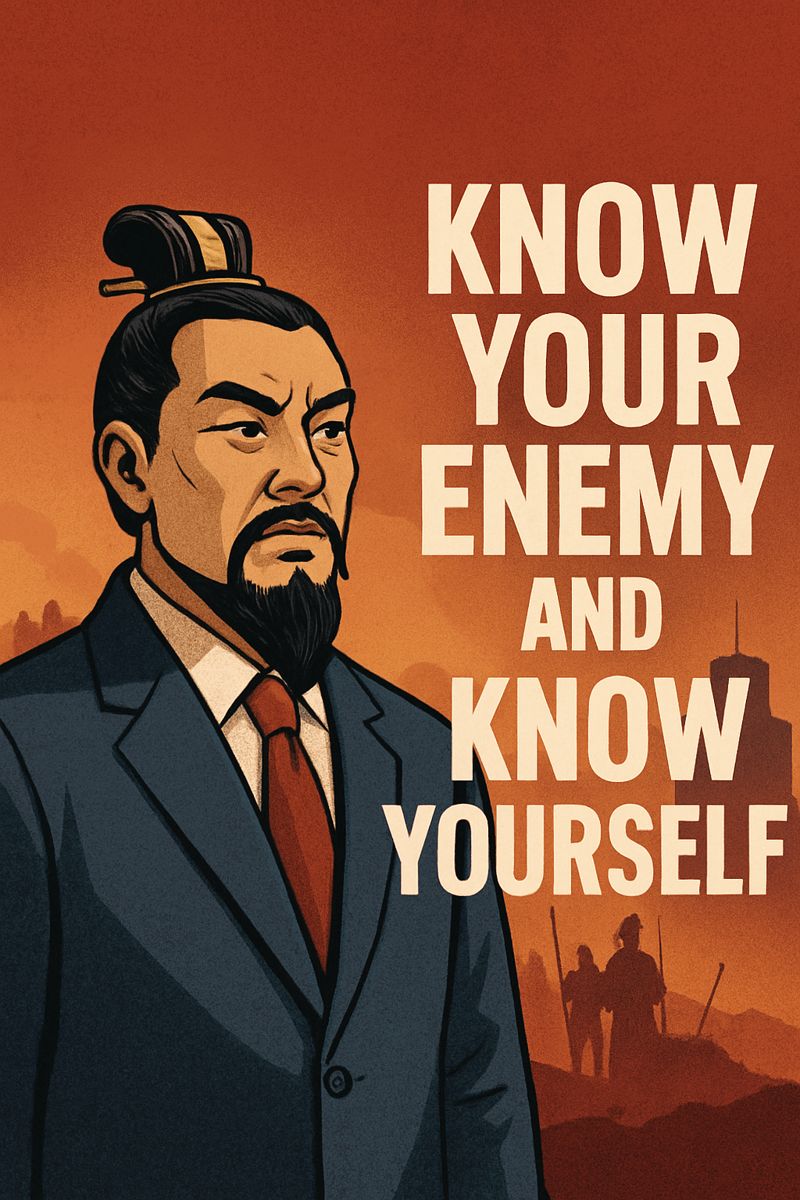The speed at which we get news these days is amazing. Digital media has revolutionised the way we look at information and if that sounds clichéd, I would like to say it over and over to myself that I must not stop being amazed.
My earliest recollection of listening to something really newsworthy was when I was a little boy listening to the Apollo 11 moon landing on a valve radio. Just imagine the technology divide; earthlings had put our first man on the moon yet we were listening to this news through a valve radio although I think transistor radios had already been invented by then, but Ceylon as were known at that time, was still struggling to keep up with the new innovations.
That scenario has changed now; what with all the handheld devices that have become such a part of our lives, we have minute-by-minute updates not just locally but from all around the world. News given to us almost instantaneously or as it happens and all of this has created that much more competition amongst news agencies who vie to be the first to tell us the latest.
The electronic media landscape is changing so rapidly that news is actually becoming a commodity that can be quantified, measured and its metrics have now reached tangible dimensions. We can easily say who gave us the news first, with handheld devices (no longer called mobile phones) which are actually mini computers with software that can track SMSs coming from one line which they now call threads.
Today with us subscribing to several news feeds we can see the progression of the news and judge who was the fastest and the most accurate. No longer needing rating agencies to tell us who is the best! These short messages which are sent to us as news bytes are the culmination of a prediction made by the Social Scientist Alvin Toffler in his book ‘The Third Wave’ more than 30 years ago.
But as time goes on and we enter deeper into this digital age, news as we know it, which is actually an art form that we refer to as journalism, will gradually disappear and become bits of information we receive and send to be synthesised and processed by us to create our own versions of reality. At the end of this year, the Newsweek magazine will no longer be printed on pulp and will altogether disappear into the digital world and cyber space. No longer would one be able to pick up a magazine at the corner store.
At the risk of sounding apocalyptic, I would say that this is the mark of the beginning of the end of journalism, as we know it in the enlightenment era. Objective journalism, which was the cornerstone of democracy, which is the Fourth Estate tool to keep the Executive, Legislature and Judiciary in balance, will change its form.
A new era is coming upon us. If one asks what’s so frightening, or exciting or amazing about it, we know what Twitter has done for the Arab Spring. 140 word character words spinning across crisis areas, spewing messages into the world and localised hotspots can topple governments and assemble new ones.
What the journalism of the old did in its time, will seem antiquated and powerless in this new era of citizen journalism. The power of the mass mind which was previously held by media tycoons is now split into millions of pieces which can be bundled and re-bundled into packages to create powerful forces to bring about a new world order or disorder.
As newer and newer software and hardware are developed these will become powerful weapons in our hands in terms of the collective strength we can draw from them; which is even now moving us into a new generation and a new tribe of people who no longer have a geographic affiliation but a digital one. It is not only a time for Government but for markets and businesses to recognise this power and see how it could be used to harness civilised behaviour which is the very existence of the human race.
Source : DailyFT (http://www.ft.lk/columns/news-what-next/4-123594)
